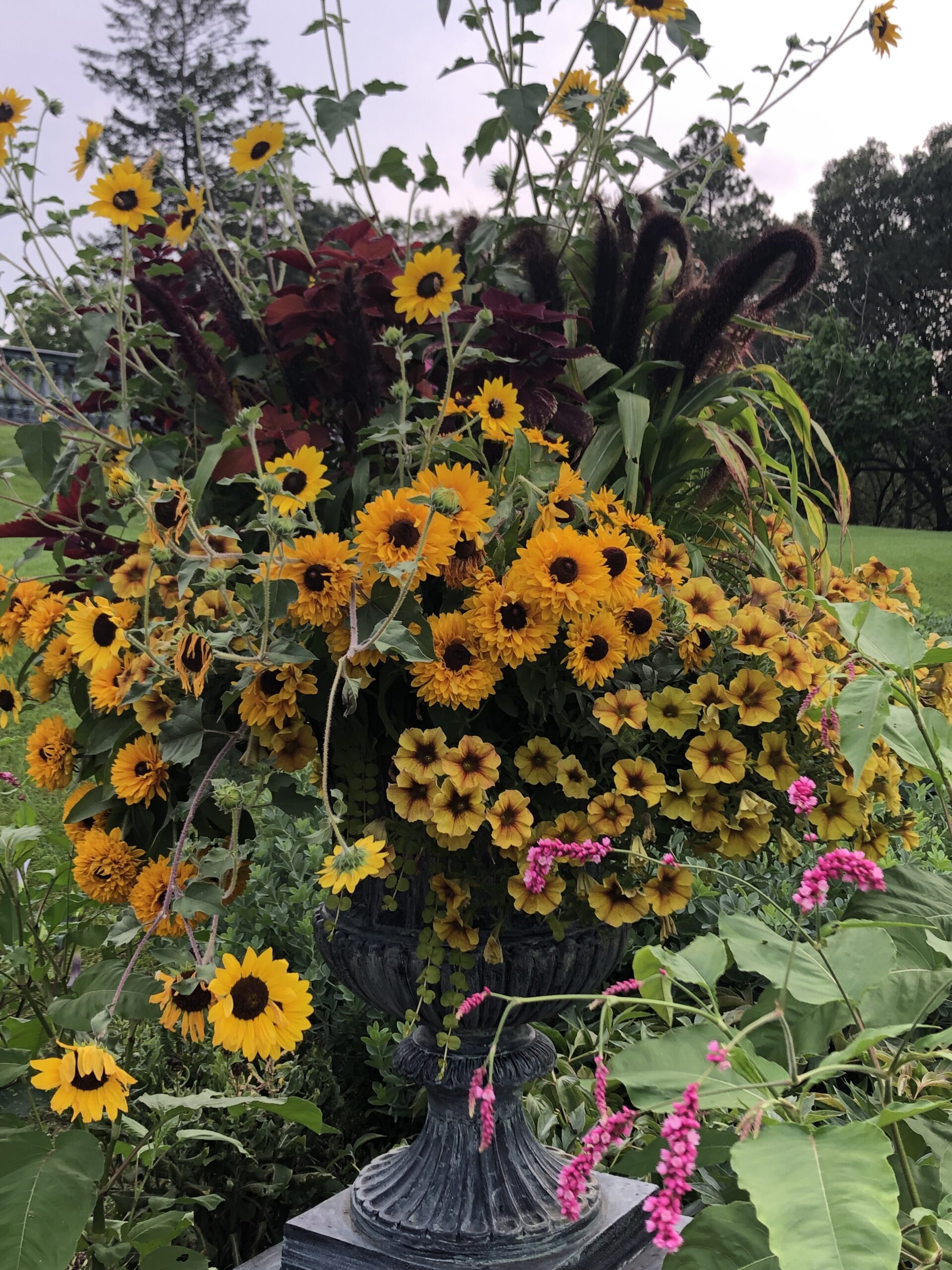Talking Plants
Jillian Patrie | University of Minnesota Yard and Garden Extension
August has arrived and most gardeners are thinking about harvesting produce, canning and many of the other tasks that come with the end of summer. This time of year, is a perfect time to start another round of short season veggies, seed grass and plant those last-minute trees, shrubs and perennials.
Veggies and herbs with short maturity dates (30-40) include basil, beets, bush beans, kale, radish, spinach and chard. Many of these options benefit from cooler temperatures, which cause bolting and early seed formation during the hot summer months. Planting shorter season crops also can help gardeners avoid some of the pest and disease issues that are found during the peak summer growing times. For more ideas on late season vegetables visit https://extension.umn.edu/planting-and-growing-guides/planting-vegetables-midsummer-fall-harvest.
Seeding turf grass is best done in the late summer and takes advantage of warm days and cooler nights. Watering and establishing new turf can be done August to late September, and if you miss this window dormant seeding can be done before the snow flies. Check out the lawn care calendar on the UMN-Extension planting and growing guides website for more information on lawn maintenance.
Have a few more plants you would like to add to your landscape? Perennials, trees and shrubs can be planted until the end of September. Cooler spring and fall temperatures avoid the added stress that plants can experience if planted during the hot, mid-summer months. Make sure to keep new plants well-watered until the ground freezes and add mulch for extra protection for newly established roots.
Fall annuals have been making an appearance in garden centers around town, switching out tired spring and summer flowers with fall favorites like mums, rudbeckia, ornamental kale, pansies and marigolds, will prolong container life far into the fall months. When shopping for mums at the garden center, keep in mind that both annual and perennial mums are sold at this time of year. Make sure to read the zone hardiness labels so there are no surprises come spring!
There is a lot of the growing season left and many ways we can continue to enjoy our outdoor spaces as the fall season approaches. To keep up to date on monthly garden check lists and news remember to visit extension.umn.edu/yard-and-garden-news.
For questions about this article or local assistance please contact Clay County Extension Educator, Jill Patrie at 218-299-7338 or by email at patri350@umn.edu.


